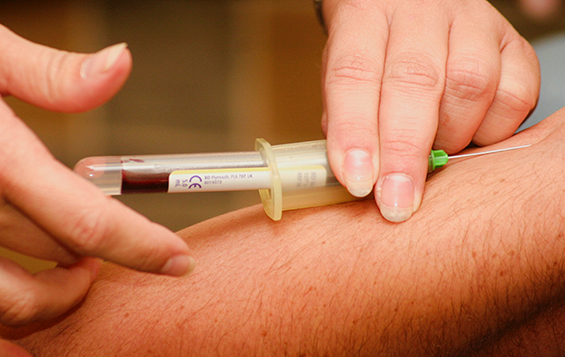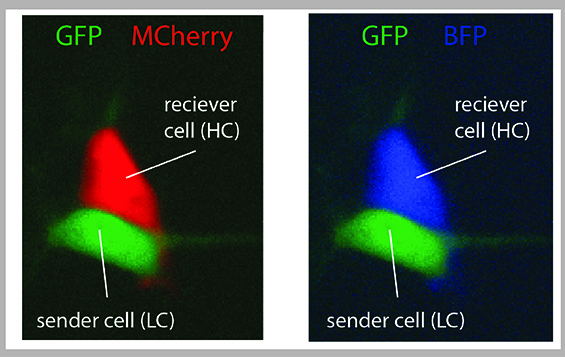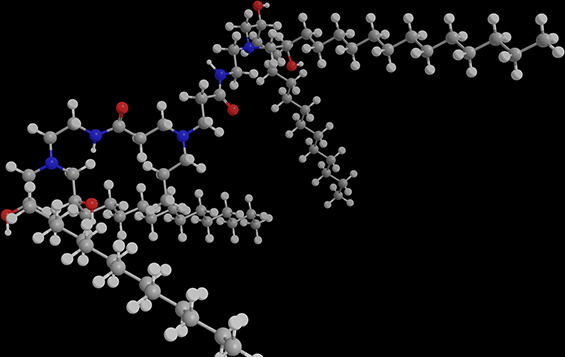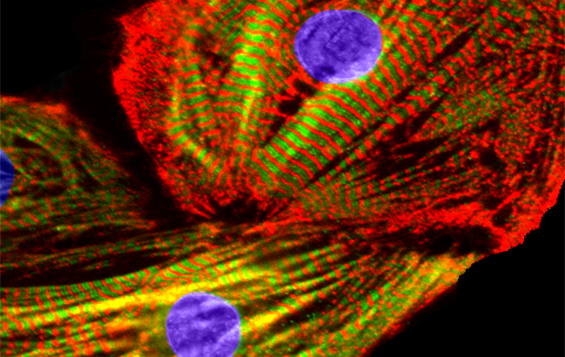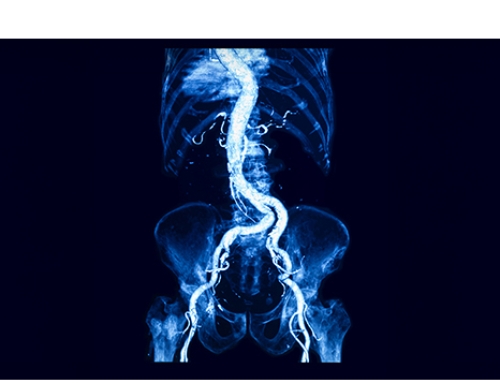
Cardiac, or heart, disease is the second leading cause of death in Canada. Around 2.6 million Canadians over the age of 20 currently live with heart disease.
Regenerative medicine, which uses cell (e.g. stem cell) and gene therapies to treat disease, holds possibilities like predicting and stopping inflammation before it leads to heart disease and regenerating a healthy heart after a heart attack. Many Medicine by Design-funded researchers are leading the way in ground-breaking cardiac research.
Learn more about five ways Medicine by Design’s researchers are transforming cardiac care through integrated, cross-disciplinary, and multi-institutional efforts that leverage the power of regenerative medicine.
A blood test to screen for heart disease
Phyllis Billia is part of a Medicine by Design team working on a screening tool that can predict the risk of cardiac disease and other inflammatory diseases of aging using only a blood test. Billia is a heart failure specialist, and the director of research at the Peter Munk Cardiac Centre, University Health Network (UHN). Read more.
Merging stem cells and synthetic biology
Michael Garton, an assistant professor at the Institute of Biomedical Engineering at the University of Toronto (U of T), is focused on designing tissues that are better than nature. To accomplish this goal, Garton is leading a team funded by Medicine by Design’s Grand Questions Program. Read more.
Understanding plaque build-up in the arteries
Plaque build-up in the arteries can be dangerous, often leading to a blocked artery and heart or arterial disease. Researcher Clinton Robbins, who leads a Medicine by Design team project, is focusing on how immune cells, primarily two types called monocytes and macrophages, contribute to this problem. Read more.
Biological pacemakers to treat arrhythmia
Stephanie Protze, a scientist at the McEwen Stem Cell Institute at UHN, is focused on developing a biological pacemaker from stem cells, which could one day be transplanted into a patient to be a long-lasting, potentially permanent, therapy for those with too slow heart rhythm. Read more.
Using stem cells to prevent heart failure
A team led by Michael Laflamme, a clinician-scientist at the McEwen Stem Cell Institute at UHN, is developing a novel injectable cell therapy to repair hearts damaged by heart attack or disease. Made from stem cells, the therapy targets scar tissue, back into muscle. Eventually, this therapy could replace the need for a heart transplant. Read more.
